Email: China's Advanced Joint Manipulation - Angela Lee Vs Xiong Jing Nan - Fight I! (14.7.2024)7/14/2024 This is the first of a trilogy of absolute classic fights! Jing Nan (竞楠) is known in the West as the "Punching Panda". A Panda Bear is known in the Chinese language as "Da Xiong Mao" (大熊猫) or "Great Bear Cat". It seems that the ideogram "熊" (Xiong) - or "Bear" - has been added as a prefix to her name. Angela Lee - although ethnically "Chinese" - was born in Singapore and has since migrated to the West - becoming steeped in the Western interpretation of Asian martial arts. Jing Nan, however, is from Mainland China and is steeped within the martial traditions of that country! Perhaps she is trained in "Bear" qigong - similar to the "Bear" being the animal spirit that permeates our Hakka family style. Whatever the case, the idea of joints being strengthened so that no pain is felt when pressure is applied - exists in our style and the example seen above should be closely studied. Angela Lee expected her opponent to "give-in" once the arm-lock was applied (typical of the Western MMA attitude) - but seems to have psychologically and physically collapsed (despite a rest between rounds) when this was not the case! The Chinese diaspora spans the world. China, however, possesses over a billion people and is the spiritual and material source of ALL Chinese culture! Taiwan is a US colony that can be dismissed for the irrelevancy that it is. A similar assessment can be applied to post-1945 Japan and South Korea. Mainland Chinese fighters are tough, hard and highly disruptive of the Western dominance of Asian martial arts. Indeed, China is an important statement of indigenous martial culture in the face of a racialised misrepresentation. Whatever the case, the Western attitudes (which include the Japanese influence in Brazilian Jiujitsu) imbued within the mind-set and physical technique demonstrated by Angela Lee is thoroughly overturned and defeated in this fight! Jing Nan is a credit to China and the martial arts world!
0 Comments
I visited Redhill probably around 2005 and the Scout Hut - which I think was just to the left of Redhill Train Station was still there - in what is today the extended car-park. Today, this Scout Hut is no longer present. I refer to it as a "Scout Hut" - because that is what we called back in 1984. Me and friend (we had met at school in Exeter) had attended a College in Reigate (in the days of "free" education) - and we both decided to take-up a local hobby in the form of Karate-practice. We both had our reasons and I have explained my own in a different post. A member of staff at the College had recommended this Karate-Class - which turned-out to be Wado-Kai Karate-Do - a branch of Wado-Ryu that stated that it was maintaining true purity of the Wado Ryu-Style. This situation came about as various Karate-Clubs broke-away from their root-styles - and entered the world of Sport-Karate. This involved an ideological shift from transcending-ego - to encouraging and strengthening-ego. The reason for this shift was money - as student numbers that had been high in traditional classes were falling and for many instructors a new approach was thought to be needed. We originally trained at the Sovereign Leisure Centre between September and December - 1983. Following the Christmas Holidays of four-weeks (over December-January) we returned for a new term in 1984 - to find that the Karate-classes had suddenly moved to the Scout Hut near Redhill Train Station! I do not know why - but the interior of the hut accommodated around 20 committed Karate-ka once a week (I think Tuesday evenings). This was under Sensei Alan Bound 1st Dan who did a very good job moulding our minds and bodies in this ancient martial arts!
2024-02-19 China Daily Editor: Li Yan Tongliang's promotion of its proud dragon dance heritage paying off
Cai Mingcan, a 47-year-old artist in Chongqing, Southwest China, who has been preserving and modernizing Tongliang dragon dance for 30 years, is glad to see it gaining popularity, especially among the young. "As the heirs of the dragon, all Chinese love the creature, and we shoulder a responsibility to pass on the dragon culture," he said. Tongliang, a district in Chongqing, claims to be the home of the country's best dragon dance performance, a nationally listed intangible cultural heritage. One of the best practitioners in the area is the National Tongliang Dragon Dance Troupe, which was honoured as such by the Chinese Dragon and Lion Dance Sports Association in 1999. Cai, the only professional artist among a handful of municipal-level Tongliang dragon dance inheritors, became coach of the troupe in 2012. In 2021, the national troupe was integrated into the Tongliang Dragon Art Troupe, which was established that year, and Cai became the art troupe's deputy director and coach. The troupe of more than 50 performers — with an average age of only 21 — consists of the national team and three other teams. Eighteen members are women, and 85 percent of team members are local residents, Cai said. The teams have performed in more than 30 countries and regions, including the United States, Britain, France, Australia, Turkiye, Japan and South Korea. The Tongliang dragon dance has been showcased at such major events as China's National Day celebrations, the 2008 Beijing Olympics and the 2010 Shanghai World Expo. On New Year's Eve in 2017, it wowed audiences when it performed in New York City's Times Square in the US. Cai said there are about 100 types of dragon dance in Tongliang. The troupe performs different types of dragon shows according to the 24 solar terms, including the bamboo dragon show in spring, the lotus dragon show in summer, the straw dragon show in autumn and the fire dragon show in winter. Other common types include the folk dragon and competitive dragon shows. Performances of the latter have won the troupe 78 gold medals in national dragon dance competitions since the 1980s, Cai said. The Tongliang dragon dance dates back to the Sui (581-618) and Tang (618-907) dynasties, when people prayed for rain by worshipping the rain-bringing dragon kings, who in Chinese mythology lord over the seas and control the weather. The ritual gradually evolved into a folk recreational activity during the Ming (1368-1644) and Qing (1644-1911) dynasties, typically during the Lantern Festival — one of the most important new year celebration events in ancient China. "The dance has continued to thrive and even has profound meanings in the contemporary era," said Cai, adding that in Chinese culture, the mythical creature is associated with power, nobility, fertility, wisdom and auspiciousness. "It also symbolizes an enterprising spirit, solidarity and bravery." Dear Charles! Coxinga (1624-1662) lived about 100-years after Yasuke in Japan. However, he was half-Japanese himself and possessed a personal bodyguard known as the 'Black Guard' comprised of African men freed from Portuguese slavery by Chinese forces. A pictures survives of one of these African men. Coxinga is famous for taking-on - and defeating the Dutch forces on Taiwan - and was granted that staus of 'King' of that island by the Ming Emperor of China. Coxinga was a Ming Dynasty General - the child of a Chinese man and a Japanese woman! The Chinese language texts make much of the Dutch being defeated. This may have been the first military engagement between China and the West. Perhaps the Black Guard had a pivotal role. The drawn picture shows the African man carrying the Guan Dao (the blade of Lord Guan) - a high status weapon! Portuguese slavery must have been prolific! I once visited Portugal for a holiday and was astonished to find their tour guides talking about their slave-trading past with a sense of pride! Britain takes a different path and tends to deny it! Best Wishes Adrian
At the end of the day, in a threatening position, an individual purporting to practice a traditional (Chinese) martial arts - must be able not to win trophies or gain coloured belts or sashes - but rather REMOVE the systemic threat existing in the immediate environment through the use of a 'decisive' act of disciplined violence. Unlike the modified martial arts used within modern sports, an 'effective' technique being deployed in a 'live' situation does NOT need to look good or conform to an unreasonable 'aesthetic'. The person being threatened, at the moment the decisive action is being deployed, is entirely on their own for the duration of the conflict. Whatever happens next becomes a matter entirely of their own affair - as other people (logically) tend to 'distance' themselves from the conflict as a matter of life-preservation and self-defence by association. Of course, the action might go wrong and the chosen technique fail to work. Above, a conflict begins between two young men (speaking Putonghua) arguing over who has the right to 'sell' in a certain area - with an Old Man attempting to de-escalate the situation. The young man launches a 'punching' attack which works precisely as intended. The armed young man is knocked down and is unconscious for a short time. He is kept in place by a foot on the chest - as NO further action is used against him once the knife is taken away from him. As you can see - violence is a horrible answer to any question - and a well disciplined and peaceful society is preferred over that of a violent situation. In this circumstance, the young man with the knife may well be suffering from mental health issues that now need to be treated. Although violence is NOT the answer - even though it may be required at certain times - when violence is needed it must be decisive enough to END the over-all level of existential violence and prevent any further damage to society and the people living in it!
Our Chinese grandfather - Chan Tin Sang (1924-1993) fought as part of the 'People's Militia' (with his Section also known as the 'Hakka Resistance') in the Hong Kong and New Territories region. When he recalled these events years later – he often described this time period (1941-1945) as ‘The years covered in blood.’ - as there was never a time that he was not covered in his own blood or the blood of his enemies. Hong Kong had been under the imperialist rule of the British from 1841-1941 - when the Imperial Japanese Army successfully overran the area - killing thousands of ethnic Chinese POWs and civilians in the process! Thousands of ethnic Indian and 'White' British soldiers were killed in combat, wounded and taken into captivity (where many were tortured). What follows is description of what the ethnic Chinese people experienced throughout Hong Kong and the New Territories – a reality either deliberately ignored or simply not known by Western historians and biographers. Part of the problem is not simply political bias or historical preference (although these two issues undoubtedly play their part) - but rather that not ALL ethnic Chinese people understood fully what was happening! The ‘White’ British Administration did not trust the ethnic Chinese population – as they were afraid of homegrown uprisings – but positively detested the Imperial Japanese! This is why the British Authorities ‘refused’ to arm the ethnic Chinese population at the beginning of the Japanese troubles! Rumours of a fifth column in Kowloon turned out not to be true (these groups were comprised of Japanese sleeper cells activated to meet and assist the incoming Japanese troops). As the British Authorities did not arm the local ethnic Chinese populations with modern firearms – these people (comprised of the Cantonese, Hakka, Hokkien and Teochew ethnic groups amongst others) had to rely upon their traditional martial arts skills to fight the Japanese invaders. This was NOT a problem as the ethnic Chinese attitudes were still very ‘feudalistic’ at the time and the martial arts incredibly effective on the battlefield and in self-defence encounters! How did (modern) British arms enter the area? This seems to have been through a behind-the-scenes agreement between the CPC and the British government. The People's Militia was organised by the Communist Party of China (CPC) - as the Nationalist government had no interest in Hong Kong being part of a united China again (for the British this must have been a tricky business as the CPC was not formally in power in China - nor was it ‘recognised’ by any ruling government outside the USSR). It is remarkable that given CPC troubles being experienced in Central and Northern China at the time (fighting the Nationalists and the Japanese) that it was able to 'project' its power into what was then a very distant and remote area – but the understanding that had been reached between the CPC and the British allowed a small trickle of UK arms into the region to be used by the local Chinese people! This 'Resistance' movement against the Imperial Japanese was permitted providing the CPC power structure (together with the British arms) be 'withdrawn' from the region following the eventual defeat of the Imperial Japanese! Our Hakka Chinese family clan in Sai Kung suffered terribly at the hands of the brutal Japanese - with women and girls routinely 'raped', 'tortured' and 'murdered'! Not only do we possess eye-witness accounts of this barbarism - but long before the internet the Japanese liked to 'photograph' (and sometimes 'film') their crimes for all to see! These are crimes that the Japanese committed all over China and Asia - and which the Japanese government has yet to properly acknowledge and apologise for! Chan Tin Sang was 17-years old in 1941 and 21-years old in 1945 - when the war ended. During that time, he lost most of his immediate relatives and was accustomed to fighting ‘hand-to-hand' with the fanatical Japanese soldiers - using his Hakka martial arts skills to survive (his father died fighting in this manner in 1944). Later, in search of a better life - Chan Tin Sang came to England in 1956 when he was 32-years old. He worked hard for 10-years in what became London's 'new' Chinatown and finally saved up enough money to bring his wife and daughters to the UK (as they already possessed 'British Citizenship') in 1966 (when he was 42-years old). He passed away in 1993 when he was 69-years old - which was quite old at the time - but many believe that the years of deprivation (and continuous violence) he experienced between 1941-1945 definitely shortened his lifespan. Sometimes - as individuals and groups - we possess no choice. By the time the Western allies were landing on Normandy 79-years ago – the Japanese Occupiers were still strong and effective throughout Hong Kong and the New Territories! It would be with the entry of the Soviet Red Army (during late 1945) into Manchuria that begin the demise of the Imperial Japanese Army and signal the return of the British to Hong Kong!
The Chinese language texts says that Paleolithic cultural remains have been found dating between 800,000-500,000 years ago in the area that is now known as 'Fujian'. The area was known about and mentioned during the Xia, Shang and Zhou Dynasties, the Warring States Period and the Qin Dynasty, etc, all a longtime prior to the collapse of the Han Dynasty - even if it remained 'outside' of direct Chinese control. From what I can see, various non-Chinese 'Kings' loyal to the Chinese Court were recognised as controlling this region from the Zhou Dynasty onwards.
Before the settlement of the 'Han' people - the indigenous population of Fujian were categorised as being a branch of the '百越' (Bai Yue). These were the numerous non-Chinese tribes that lived South of the Yangtze River and North of what is today Vietnam. The term 'Bai Yue' (百越) means 'One Hundred - Snake'. The designation of 'One Hundred' (百 - Bai) refers to the apparent high number of these tribes - whilst 'Snake' (越 - Yue) indicates that these tribes were united around the habit of worshipping 'Snakes'. A branch of these 'Bai Yue' tribes was also referred to as the '粵' (also pronounced 'Yue') - meaning 'Generous' - these people migrated into the geographical area now known as 'Vietnam' with their current name being derived from the term 'Yuet' (Viet) migrating 'South' (Nam). Obviously, not all One Hundred of these tribes lived in Fujian and early on in history the number living in Fujian was set at 'seven' - meaning these people were called '七闽' (Qi Min) - although today the full name is '八闽' (Ba Min) or 'Eight Min' usually shortened to just 'Min' (闽). The ideogram '闽' (Min) seems to be a simplified version of '閩' (Min). This is the same ideogram used to describe the 'Min' River which flows through Fujian province. The general assumption is that these Eight non-Chinese tribes are named after this River. What does the Upper and Lower Particles of this ideogram tell us? a) Upper Particle = 門 (men2) - Gate, Doorway and Entrance b) Lower Particle = 虫 (hui3) - Snake, bug and animal Perhaps the Min River was viewed as a 'Gateway to Snakes' - as Fujian province used to be filled with Malarial swamps! Meanwhile, the name 'Fujian' first appeared in the year 733 CE during the 21st year of the reign of the Tang Dynasty Emperor - Kai Yuan (开元). This emperor bestowed this name when he created a special economic zone through which people could interact. As you can see by comparing the work of Mark Edward Lewis with Chinese language historical texts - he is correct in his assessments - but there is much that he misses out. He conveys the false assumption that Fujian was not part of China - it was part of the Chinese world view (as can be seen from the above historical data) but it formed a 'different' part. Someone Chinese has told me that there are different dialects of Min and that the one I have heard is probably related to incomers from the North - which is 'different' to other older Min dialects. After looking at this history - I would agree - although the Northern variant remains the dominant version! One last point is that Fujian is also known to be very mountainous and full of hilly terrain. The valleys were probably river beds until drained - causing sloping territory. There is the riding of narrow boats (the 'high' horse stance) and then there is the need to carry heavy weights up and down the hills. All this, together with farming, all probably influenced the development of local martial arts. This is a ‘Summary’ of my research regarding the ‘internal’ (within the ‘Miyagi’ family) and ‘external’ (outside the ‘Miyagi’ family) transmission of Goju Ryu (which is NOT complete by any means) - but which provides a basic (historical) framework (post-1945) which is often obscured by the insular nature of the existing lineages. As someone of part Chinese descent, and whose family suffered at the hands of Japanese Nationalism during WWII in China – I do not in any way support or condone Japanese Nationalism or the racism and fascism that permeated Japanese culture between 1868-1945, etc. As a historian, however, I find it interesting to study and clarify how an aspect of exported Chinese martial culture developed in another country! Lineages, by their very nature, tend to only recognise their own transmission structures whilst inherently refusing to recognise a) the ‘existence’, and b) the ‘relevance’ of other (similar) lineages. This is because traditional martial art ‘lineages’ originating from within China, Okinawa and Japan – have either grown out of actual families (associated with specific ‘Clan’ surnames), or monastic, religious or spiritual associations and/or other special individuals, etc. This is a Confucian tradition that traces reliability and strength through its preserving structures - as those institutes that are replicated (continuously) from one generation to the next. Indeed, the present generation of teachers link the past (of the tradition) not only with the present – but also with those practitioners yet to materialise in the future! This is a grave duty and responsibility within the Confucian tradition that permeates many daily aspects of everyday culture through many Asian countries. Although ‘content’ and ‘interpretation’ can vary widely between teachers representing the same tradition – there is no reason why there should be a difference in ‘quality’ between ‘internal’ and ‘external’ transmissions as this designation is genealogical in nature and does not correspond in any way to ‘external’ (Yang) and ‘internal’ (Yin) mastery within the martial art being transmitted. A thumbnail transmission map of Fuzhou White Crane Fist, Higaonna Naha-Te and Goju Ryu Karate-Do may look something like the following – at least in blueprint: Xie Chongxiang [謝崇祥] (1852-1930) - Fuzhou White Crane Fist Master (this identity is disputed). Higaonna Kanryo [東恩納寛量] (1883-1915) - As a ‘foreigner’ from Okinawa (and being from ‘outside’ the ‘Xie’ family) he inherited an ‘external’ lineage of this White Crane Fist martial art during 1881. Higaonna Kanryo was in China between 1867-1881 (this dating is disputed). Miyagi ‘Internal’ Family Lineage (1915-1980) Miyagi Chojun [宮城長順] (1988-1953) - Miyagi Chojun inherited an ‘external’ (that is a lineage of Naha-Te ‘outside’ the Higaonna family) during 1915 – just prior to the death of Higaonna Kanryo. Between 1915-1953 – Miyagi Chojun invented and developed Goju Ryu Karate-Do. Miyagi Takashi [宮城敬] (1919-2008) - This is the eldest son of Miyagi Chojun who inherited the ‘internal’ (that is ‘inside’ the Miyagi family) lineage of Goju Ryu Karate-Do and started teaching during 1951 (in Tokyo). During 1955, on the 3rd Commemoration of the passing of Miyagi Chojun (October 8th) - Miyagi Takashi founded the ‘Transmitting Brilliance Training Hall’ (講明館 - Ko Mei Kan). He transmitted this ‘internal’ Miyagi lineage to his eldest son - Miyagi Toru [宮城徹] (b. 1947). In-turn, Miyagi Toru has already (formally) passed this ‘internal’ Miyagi family lineage to his second eldest son – Miyagi Manabu [宮城学] (b. 1980). Goju Ryu ‘External’ Transmissions (1935 Onwards) Japanese language sources state that at the age of 14-years old (in 1923) - a Japanese national (and former soldier) named Yamaguchi Minoru (b. 1909) – met a Capenter from Okinawa named ‘Marutani Takeo’ [丸谷武雄] who taught him ‘Karate’. In 1929, Yamaguchi Minoru founded the ‘Goju Ryu Karate-Do Kempo Dojo’ on the site occupied by the ‘Shinsengumi Garrison’. During the same year (1929), Yamaguchi Minoru entered the Ritsumeikan University (Kyoto) - to study law. Here, he founded the ‘Karate-Jitsu Study Group’ - with ‘Karate’ being written as ‘Tang Hand’ (唐手 - Tang Shou). The ideogram for ‘Jitsu’ (術) referring to a ‘war art’. In 1931, Yamaguchi Minoru invited Miyagi Chojun to Ritsumeikan University (Kyoto) - and began many years of receiving instruction. Between 1935-1936, Miyagi Chojun returned to Mainland Japan and transmitted his Goju Ryu Karate-Do system to a number of interested Japanese students living within Kyoto (and other places). Whilst teaching at Ritsumeikan University (Kyoto) - Miyagi Chojun continued to instruct ‘Yamaguchi Minoru’ {山口實実) to whom he would eventually grant the first name ‘Gogen’ [剛玄] (Strong Mystery) and transmit the ‘external’ lineage of Goju Ryu Karate-Do around 1937 – giving permission for ‘Yamaguchi Gogen’ to teach Goju Ryu Karate-Do throughout Mainland Japan! In 1950, Yamaguchi Gogen established the ‘All Japan Karate-Do Gojukai’ - with Miyagi Chojun agreeing to be honorary Chairman. During 1951, Miyagi Chojun awarded Yamaguchi Gogen a 10th Dan Black Belt grade – with the rank of ‘Hanshi’ (範士) - or ‘Master’. During 1952, Miyagi Chojun transmitted an ‘external’ lineage of Goju Ryu Karate-Do to Yagi Akitoku [八木明德] (1912-2003). It is said that Miyagi Chojun granted permission for Yagi Akitoku to open his own ‘Dojo’ to teach Goju Ryu Karate-Do – and that this is the only ‘external’ (or ‘outsider’) Dojo that Miyagi Chojun allowed to be founded during his lifetime. According to this history – a ‘belt’ and ‘training uniform’ was transmitted by Miyagi Chojun to Yagi Akitoku (which reads very similar to the ‘robe’ and ‘bowl’ being transmitted by Zen Masters to their disciples). During 1957, Yagi Akitoku founded the ‘Brilliant Warrior Training Hall’ (明布馆 - Mei Bu Kan) in Okinawa. (As an aside – it is interesting that the ‘Komeikan’ and the ‘Meibukan’ both make use of the Chinese ideogram ‘明’ [Chinese = Ming – Japanese = Mei) - which translates as ‘bright’, ‘clear’ and to ‘understand’, etc. This suggests that this Chinese ideogram possessed an important meaning and association to Miyagi Chojun. During 1955, a group of students who had trained with Miyagi Chojun during his lifetime, gathered together in Okinawa to ‘vote’ for a new representative of the ‘external’ (that is, ‘outside’ the Miyagi family) Goju Ryu Karate-Do tradition. This group chose ‘Miyazato Eiichi’ [宮里栄] (1922-1999). Through his student ‘Higaonna Morio’ [東恩納盛男] (b. 1938) - Goju Ryu Karate-Do spreads throughout the world! According to Chinese language historical records, Higaonna Morio was associated with ‘Miyagi Anichi’ [宮城安一] (1931-2009) who although possessing the same Clan surname of ‘Miyagi’ - was not directly related to Miyagi Chojun with whom he trained from 1948-1953 (exclusively so - between 1949-1951). It is said that both Miyagi Anichi and Yagi Akitoku were friends who were accepted together as disciples by Miyagi Chojun during 1948. Whilst being called ‘Miyagi’, however, Miyagi Anichi would have inherited an ‘external’ lineage of Goku Ryu Karate-Do – if indeed any such formal transmission took place. Conclusion Obviously, all the sons of Miyagi Chojun would have had an equal and consistent martial arts education, and all could clam an equal right to representing an ‘internal’ Goju Ryu Karate-Do lineage (with this right extending to the Miyagi male off-spring in the traditional model and their male and female off-spring in the modern system). Even within the traditional system this would be consider true – with the caveat that Miyagi Takashi (the eldest son) would possess the authority to decide important issues. Furthermore, the Miyagi family probably taught many people from outside their family – with some of these people possessing the right to claim an ‘external’ Goju Ryu Karate-Do lineage. By the time of the passing of Miyagi Chojun (in late 1953) at least two Goju Ryu Karate-Do lineages had been established: a) Miyagi Takashi (1951) - ‘Internal’ (Tokyo) b) Yagi Akitoku (1952) - ‘External’ (Okinawa) This being the case, an interesting question is why did a group of Miyagi Chojun students-disciples (who had trained with Miyagi Chojun during his lifetime), choose NOT to recognise the authority of Miyagi Takashi (his eldest son) and Yagi Akitoku – a very well-established ‘external’ disciple? By choosing ‘Miyazato Eiichi’ as a contemporary Goju Ryu Karate-Do ‘authority’ - a ‘new’ external martial lineage was generated – a lineage not created by Miyagi Chojun during his lifetime or the Miyagi family after his death. Having said all this, however, the intended ‘lineage’ of Goju Ryu Karate-Do may not be as straightforward as implied above, as it is well-known that Miyagi Chojun’s best ‘disciple’ was ‘Shinzato Jinan’ [新里仁安] (1900–1945) - who obviously was not from the ‘Miyagi’ family. As ‘Shinzato Jinan’ died during the final days of WWII – Miyagi Chojun had to make other plans with regards to preserving and transmitting Goju Ryu Karate-Do. Again, Chinese language historical sources state that it was Miyagi Chojun’s other (external) disciple ‘Seiko Kina‘ [嘉纳正兴] (1911-1994) - who was also permitted to teach students in his own right during Miyagi Chojun’s lifetime!
This Senior Citizen silenced the crowd when she raised her leg above her head! Silence turned into awe when she assumed a perfect ‘Golden Rooster Stands on Guard’ (金鸡独立 - Jin Ji Du Li)! Awe turned into spontaneous applause when she assumed a graceful ‘Single Side Horse’ (一字马 - Yi Zi Ma) Splits! This demonstration of Taijiquan was performed by the 77-year-old Jiang Xuezhen (蒋雪珍) in a park near the ‘White Horse River’ (白马河 - Bai Ma He) - the venue for the 2021 ‘Dragon Boat Race’ held in Fuzhou (Fujian province), Mainland China! This elderly lady was originally an ordinary worker in a garment factory – but is now enjoying her retirement. Not only has she practiced Taijiquan diligently to improve her health and strengthen her weak body - but she also made a name for herself in West Lake Public Park (西湖公园 - Xi Hu Gong Yuan) teaching Taijiquan to the common people! Since her graceful and powerful appearance at the Dragon Boat Festival - Jiang Xuezhen's dazzling martial arts skills have aroused the interest of many citizens! Some citizens cannot help but wonder – if this older lady was a professional gymnast before? Was Jiang Xuezhen involved in a lifetime of athletic training and development? The answer to all these questions is a resounding ‘NO’! In fact, Jiang Xuezhen was an ordinary worker employed in a garment factory before retiring - and she had NEVER received any such specialist education in this area before. The advanced pliability of her body (and its ‘ligaments’) stem from the time of her retiring from working in the garment industry. Jiang Xuezhen had to retire from working in the garment industry at the age of 45-year due to a physical issue (for which she successfully underwent recuperative surgery). Jiang Xuezhen admits that this was a very confusing time for her both emotionally and psychologically! That is until one day, when she was walking to the West Lake Park (taking exercise), this lady encountered a group of people practicing Taijiquan! At that exact moment - EVERY movement of the Yang Style (the Beijing 24-Step Short-Form) she saw resonated with her mind and body - instantly attracting her attention! When Jiang Xuezhen returned home, she immediately made arrangements to purchase a Taijiquan instructional VCD – which she used to learn Taijiquan through watching carefully and copying the exercises! The next step involved Jiang Xuezhen seeking-out Taijiquan instructors who then corrected and adjusted her ‘Form’ whilst discussing explaining the history and purpose of each sequence - making the revitalising movements much more powerful and effective! Although it took a long time of committed and regular practice, the regular performance of the Taijiquan movements and sequences finally start to transform the natural state and condition of her muscles, joint, bones, ligaments and tendons. At the same time her overall health improved as her inner organs began to strengthen. These changes were so profound that her partner also began to regularly practice Taijiquan! Together, they founded the ‘West Lake Park Taijiquan Practice Group’ - which at the time of writing has at least one-hundred members! When giving a recent interview to reporters, Jiang Xuezhen stated: “It is said that with every inch the ligaments stretch – the lifespan is extended by ten years! This is why I stretch my legs every day!” Jiang Xuezhen went on to explain that when she first tried to lift her legs all those years ago – her ligaments were tense there was very little movement with pain! Jiang Xuezhen trained diligently between the ages of 45-60-years old, and then she found that one day ALL the tension in her body completely disappeared and she was able to drop down into the side-splits position – and stand with one leg held-up directly into the air! This is why Jiang Xuezhen is now able to assume the ‘Golden Rooster Stands on Guard’ and ‘Single Side Horse’ Splits with ease! After demonstrating her extraordinary Taijiquan skills, Jiang Xuezhen advises: “Concentrate upon an activity and pursue its perfection with diligence!” This is sound advice, as apart from being able to demonstrate her mastery of Taijiquan – Jiang Xuezhen is also a painter! Jiang Xuezhen explained that she liked to draw since a child - and has always kept one or two drawings of the Four Treasures in the study room at home - after retirement. When she was about 65-years old, Jiang Xuezhen accompanied her partner in the study of flower and bird painting in a university designed to cater to the needs of the elderly. After two years of meticulous flower and bird painting - Jiang Xuezhen turned to landscape painting. The landscape paintings provided by Jiang Xuezhen are truly inspiring – with the background and fore-ground scenery featuring lakes and mountains contrasting perfectly! The art of Jiang Xuezhen generates a unique beauty which is enhanced by an atmosphere which is experienced by the observer as being vast and hazy! Jiang Xuezhen describes herself as a very serious person. When she learns one thing, she spends all her energy on that single activity. In order to learn landscape painting well, she would only go out daily to practice Taijiquan, but rarely for any other reason. She would often spend a week focusing upon a single picture! Then, in order to match the landscape paintings with the beautiful ideograms that comprised the inscriptions, she also spent a year studying different Chinese calligraphy styles such as seal script, official script, and regular script. "If the font is not good-looking, and the inscription is not well-written, it cannot be regarded as a complete and perfect painting." Jiang Xuezhen explained. This is her true character. It has been nearly 30 years since Jiang Xuezhen retired – yet she has retained the eagerness to learn and perfect everything she turns her hand to! Today, in addition to Taijiquan and landscape painting, Jiang Xuezhen can also perform ballroom dancing! As if all these activities are not enough – Jiang Xuezhen also practices Shaolin martial arts! With her extensive knowledge base and engaging personality, Jiang Xuezhen has become something of an inspiration to the surrounding population – a cultural icon for modern China! [Source: Strait Metropolis Daily] Chinese Language Source: 花30年练太极,福州七旬老太一字马惊艳全场
高抬腿过头顶,一个爽快的金鸡独立瞬间赢得现场朋友的喝彩,随即她又在地上来了一个漂亮又利索的一字马,把节目推向了高潮……不久前,在福州白马河公园举行的端午节活动现场,一位老太的表演让不少市民自愧不如。这位老太就是福州77岁的蒋雪珍,原是服装厂工人的她,在退休后寻找到自我,不仅苦练太极拳改善了虚弱的身体,还在西湖公园“打”出了名堂,将太极拳教授给了更多的人。 60余岁练就金鸡独立、一字马动作 自从在端午节活动中的精彩亮相后,蒋雪珍的花式炫技引起了不少市民的兴趣,有的市民不禁疑惑问,这位老太太以前是不是体操运动员?其实,蒋雪珍退休前是一名服装厂的工人,之前也没有从事过这方面的练习,有着柔软的韧带的起因还要从她退休时说起。 45岁时的蒋雪珍因为身体原因动了手术后,便从原来就职的服装厂退休了。而突然的退休让将蒋雪珍手足无措,每日不知道该做些什么,陷入了迷茫。直到有一日,她散步到西湖公园时,看到了不少人在练太极拳,一招一式瞬间吸引了她的注意。抱着锻炼身体的想法,她购买了太极拳教学碟片,通过不断地的模仿练习学会了太极拳,在与太极拳老师的交流切磋中更精进了太极拳的动作。而在长期的锻炼后,蒋雪珍感到身体逐渐舒爽了不少,更是动员她的爱人一起到在西湖公园中练习太极拳。在30年间,不少市民自发向她学习太极拳,为此,她和爱人还成立了一个西湖如春太极辅助站,学员最多的时候达到了近百人。 “都说筋长一寸,寿延十年,每次运动后,我都拉拉腿。”蒋雪珍告诉记者,原先的她腿抬高一点腿都觉得筋绷得崩的紧,但在多年的锻炼中,她不断尝试拉伸韧带,到了60岁左右,才能可以做出金鸡独立、一字马的动作。 “专心做一件事,并要把它这件事做精” 除了一字马、金鸡独立、太极拳外,蒋雪珍还是一个画家。蒋雪珍说,她从小就喜欢画画,退休后在家里也时常备上文房四宝画上一两副。于是在她65岁左右,她的爱人便带她来到了老年大学里学习花鸟画,在两年的工笔花鸟设色学习入门后,蒋雪珍又转入山水画的学习中。在蒋雪珍提供的山水画作品中,湖和山相映衬的秀丽景色,在苍茫朦胧的氛围中有着独特的美感。 蒋雪珍自喻是个较真的人,学习一件事时,便将所以精力花在一件事上,为了学好山水画,她除了每日的太极拳练功外,便少有外出,常常花上一周的时间认真绘一幅画。而后为了给山水画配以好看的题款,她还用了一年的时间去学习了篆书、隶书、楷书等书体。“如果字体不好看,题款写不好就不能算是一幅完整、好看的画。”蒋雪珍说。 正是较真的性格,蒋奶奶在退休后的近30年间,不断地的保持好学的心,并将每件事做到精,如今的她除了太极拳、山水画外,她还会交际舞、少林武术,成了周围人口中“技能点满满”的潮人。 【来源:海峡都市报】 After graduating, Mr Miyagi Chojun worked in a local Okinawan bank for one year. This was the ‘147 Bank’. After working hard for one year – the Elders of the Miyagi family were of the opinion that the family finances were secure – and they ordered Miiyagi Chojun to pursue a career as a full-time martial arts practitioner-instructor. This decision was premised upon the fame Miyagi Chojun had already built-up as a young man on the island for his psychological and physical toughness – and how he had managed to survive the severely ‘strict’ martial arts training of his teacher – Higaonna Kanryo! Master Higaonna Kanryo was very strict, and his training was so difficult that many young men could not stand it for long – despite being full of youthful vigour! Everyday Miyagi Chojun would run 12 kilometres per day to reach Higaonna Kanryo’s home for training – often carrying heavy rocks along the way! He would also stop occasionally to punch and kick certain rocks designated by his teacher! So strong did this make Miyagi Chojun that when he wrestled – his movements were far too strong and powerful for many of his opponents to stand! Bones were broken and joints dislocated – resulting in Miyagi Chojun being expelled from the Okinawan Wrestling Classes! During 1908, Mr Miyagi Chojun was married and settled down to family life. The Miyagi family business consisted of importing very high-class Chinese medicines which were then provided to the Ryukyu Royal Family. Then, during 1910, Miyagi Chojun was conscripted for two-years into the Imperial Japanese Army – with his military training taking place in Kyushu – Mainland Japan. The tough training under Higaonna Kanryo had moulded the mind and body of Miyagi Chojun – making him both strong in appearance (and ability) but humble in attitude. Before he left for his military training, Higaonna Kanryo taught Miyagi Chojun the ‘Stick Law’ (棒法 - Bang Fa) - possibly the skilful use of the ‘club’ or ‘truncheon’! He also taught Miyagi Chojun how to ‘Attack Correctly with the Open-Hand' (手攻击 - Shou Gong Ji) for future self-defence requirements! Although Okinawans are often discriminated against by the Japanese during military training – as Mr. Miyagi Chojun possessed excellent hand-to-hand combat skills (and unusual physical strength) - he was assigned by the Japanese Officers as the ‘Hand-to-Hand Combat Instructor’ of his squad! After a year of military training, Mr Miyagi Chojun was promoted to the rank of ‘Corporal’ and applied for transfer to the Medical Unit. Here, he learned an in-depth knowledge about human body structure – a profound understanding of biology that assisted his ability to apply scientific knowledge to martial arts training methods later during his life. During that year Miyagi Chojun also joined a local Judo Club to assist his all-round fitness and training development. During November 1912 - Miyagi Chojun completed his military training and returned to Naha City to continue his martial arts training under Higaonna Kanryo. After returning to Okinawa a ‘Party’ was held during which Miyagi Chojun was ‘attacked’ for no reason by a famous Okinawan martial artist known as ‘Motobu Choki’! Miyagi Chojun, without hesitation, swiftly applied an over-powering strength that immediately subdued the attacker with ease in front of many witnesses! This matter was highly publicised at the time (1913-1914) when Miyagi Chojun was 26 years old! Chinese Language Source: 宫城长顺先生生平介绍(转载) 剛柔流实际的创立人是宫城长顺先生(1888-1953)。宫城长顺先生生于1888年4月25日,於那霸市出生。宫城家是以进口中国药材供应琉球王府御用的经商家族,琉球时代上等位阶士族的后裔,在那霸闻名的素封家 (そほうか,指拥有大土地,大資産的家族),宫城长顺先生的父亲是宫城家三男宫城長祥,早亡,三岁时宫城长顺先生被属于无亲子的亲戚领养并且从小被指定为宫城家业的继承人,家道富裕。 作者:猫爷习
学生时期的宫城长顺先生每日下课后便跑步十几公里到达其师父之住处训练。并且他将沿途各种大小的石头当成举重或者击打的训练器具。据老一代的前辈描述,宫城长顺先生在学校里体育方面表现出色,特别是体操单杠运动的好手,他也曾经是学校中的柔道好手,但因为出手过重而最后校方要求他退出柔道训练。宫城长顺先生年轻时在也经常参加冲绳的摔跤赛事,但出手重并且经常使用些摔跤之外的技艺最后导致其他摔跤手不欢迎他参与赛事。因他养父临终前劝他别为了摔跤与他人结仇,宫城长顺先生放弃了摔跤。 作者:猫爷习 学校毕业后,宫城长顺先生在当地一所银行里就职一年 ( 一百四十七银行)。一年后他家族长辈认为家族财力足以支撑他的武术事业并且要求他辞掉银行里的工作。宫城长顺先生1908 年左右结婚,1910年被征召到日本九州进行两年的军训。在走之前,东恩纳宽量先生教了他一套棒法以及贯手攻击的正确方式作为来日防身之用。军训中虽然冲绳人常被日本人歧视,但是因为宫城长顺先生徒手搏斗技艺和体力超群,因此被军官器重指派为所属小队的徒手搏斗指导员。一年之后宫城长顺先生升级为下士,申请调到医务部队服役,在此他学习了许多与人体结构有关系的知识,对他后来设计各种训练运动大有帮助。这一年内他也加入了当地一个柔道馆的训练。1912年 11月宫城长顺先生完成了军训后回到那霸继续在东恩纳宽量先生门下进行空手道的训练。 回到冲绳后,在一次的聚会上宫城长顺先生受到冲绳著名的打架好手本部朝基的挑拨时瞬间用他过人的力量将本部朝基制服。后来此事被在场的其他人宣传出去,而此时的宫城长顺先生大概26岁 (1913~1914年左右)。 作者:猫爷习 https://www.bilibili.com/read/cv1652712/ 出处:bilibili |
AuthorShifu Adrian Chan-Wyles (b. 1967) - Lineage (Generational) Inheritor of the Ch'an Dao Hakka Gongfu System. |

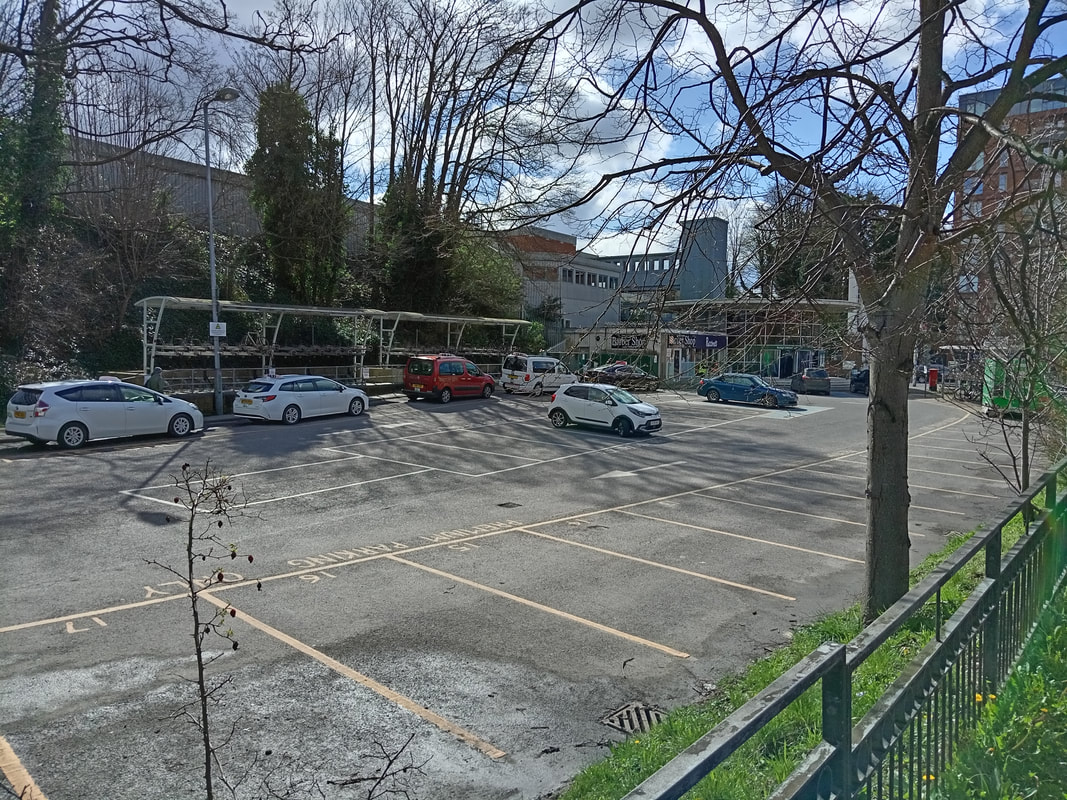


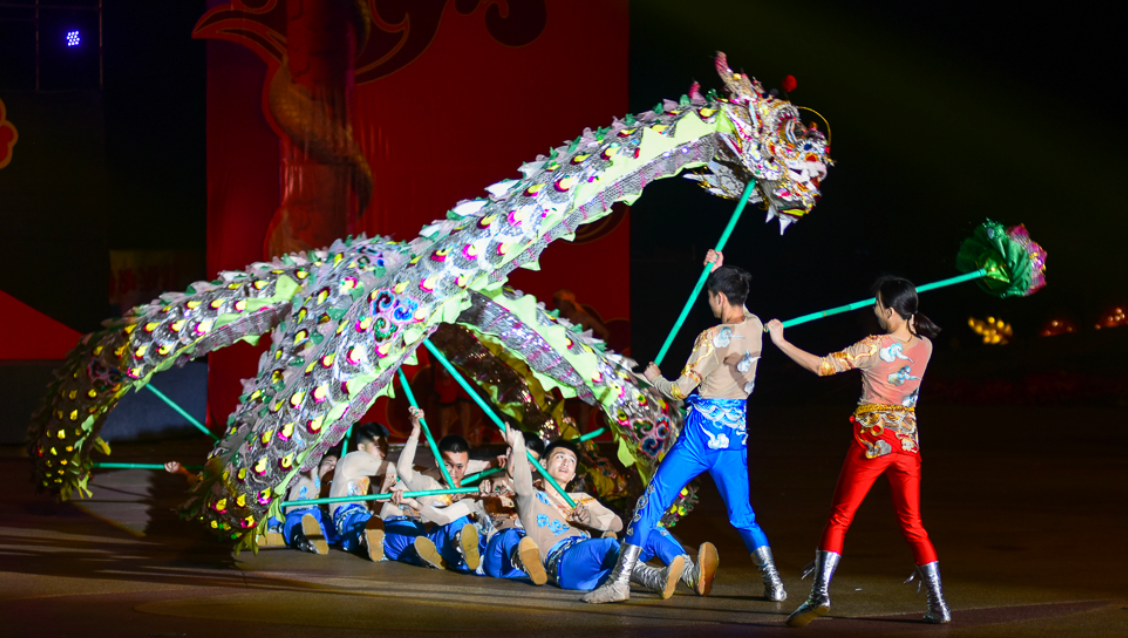
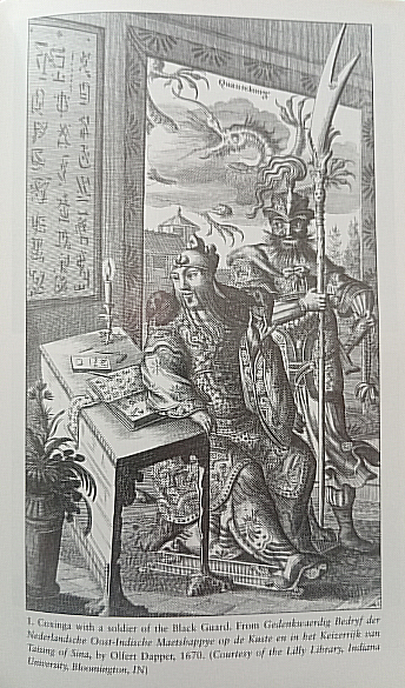
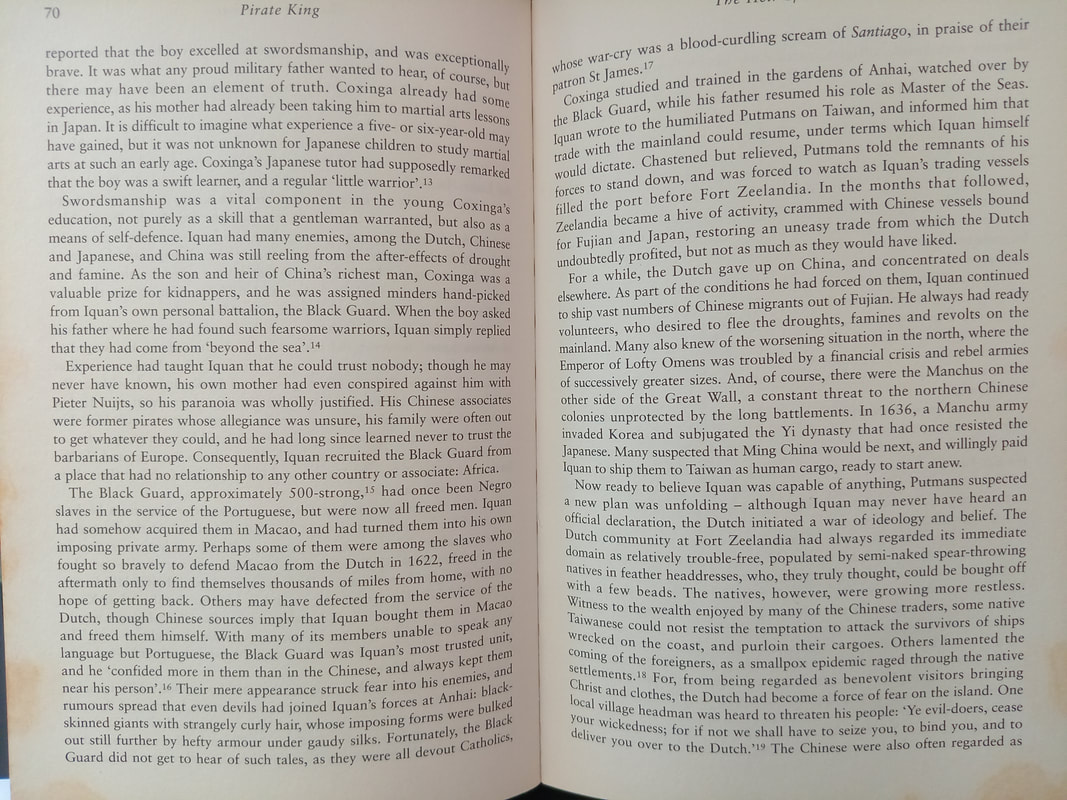
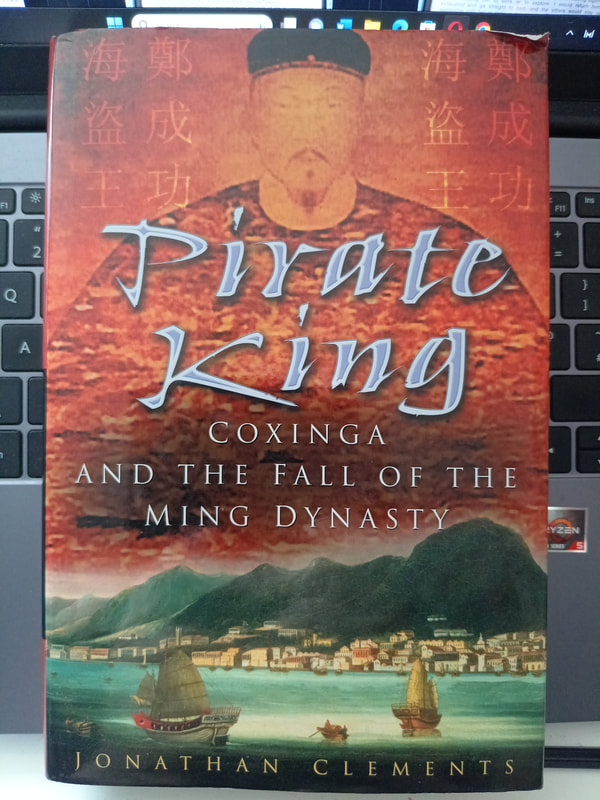

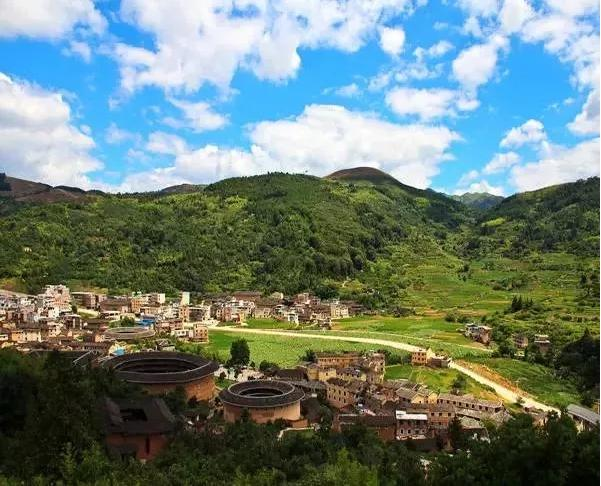
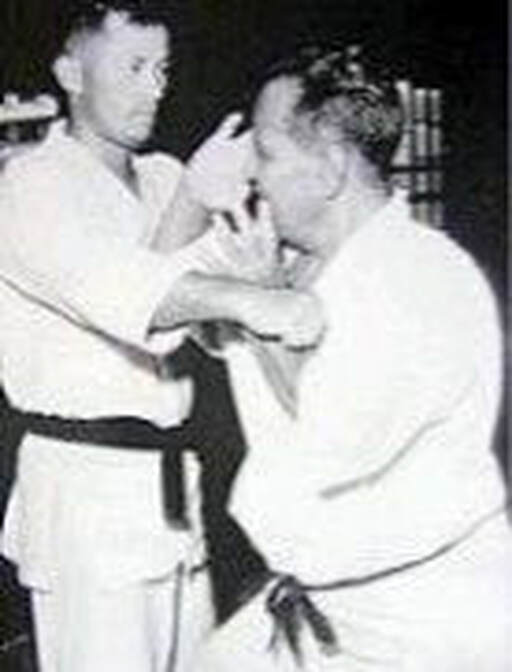
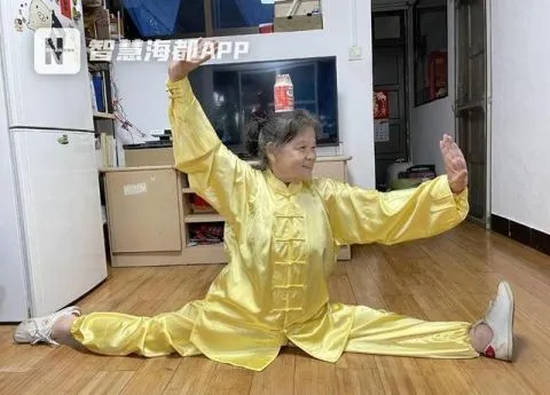
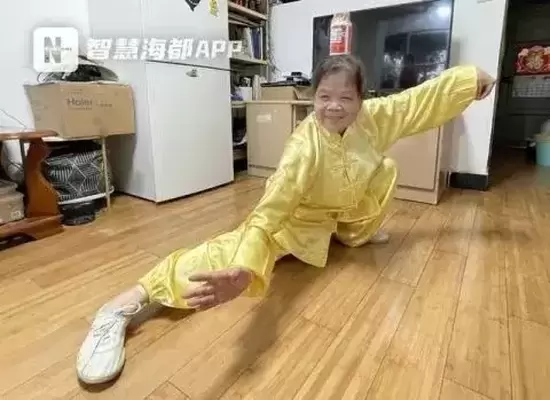
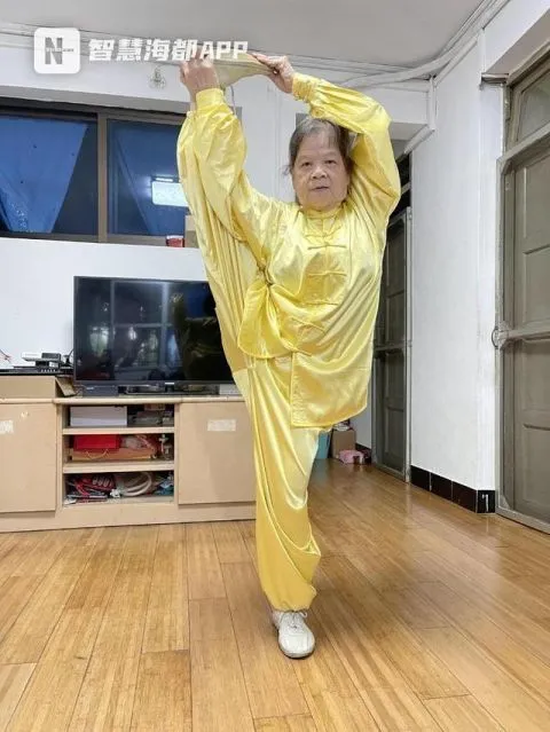
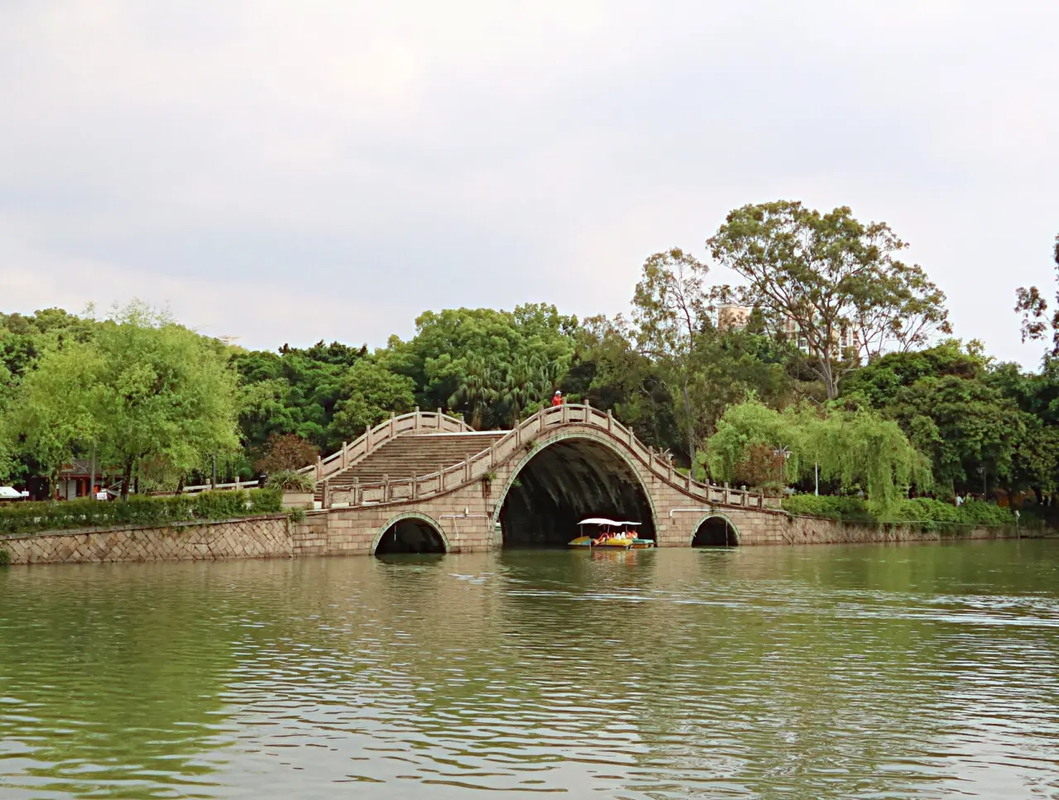
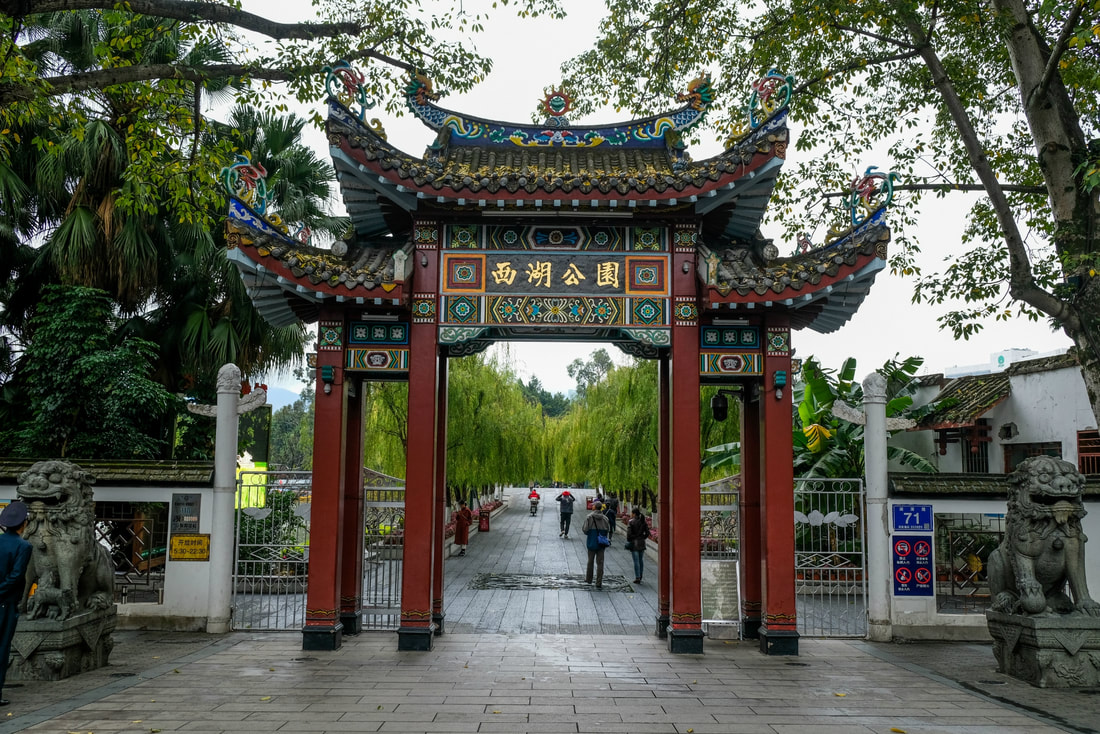
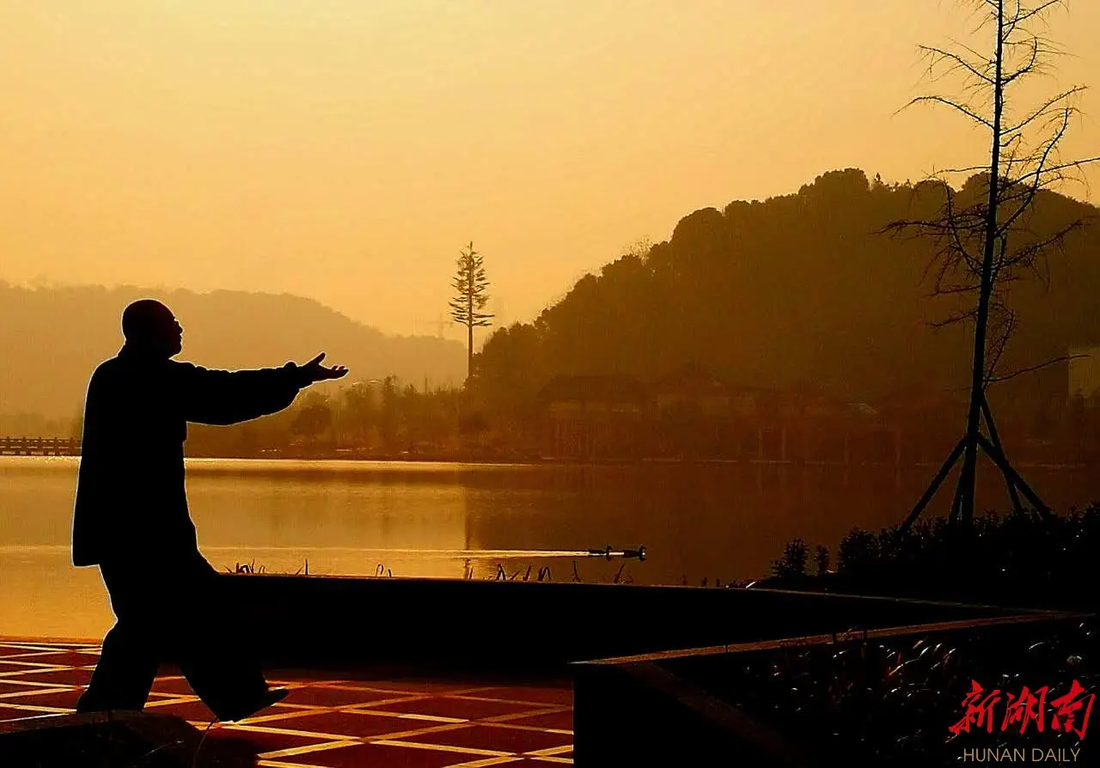
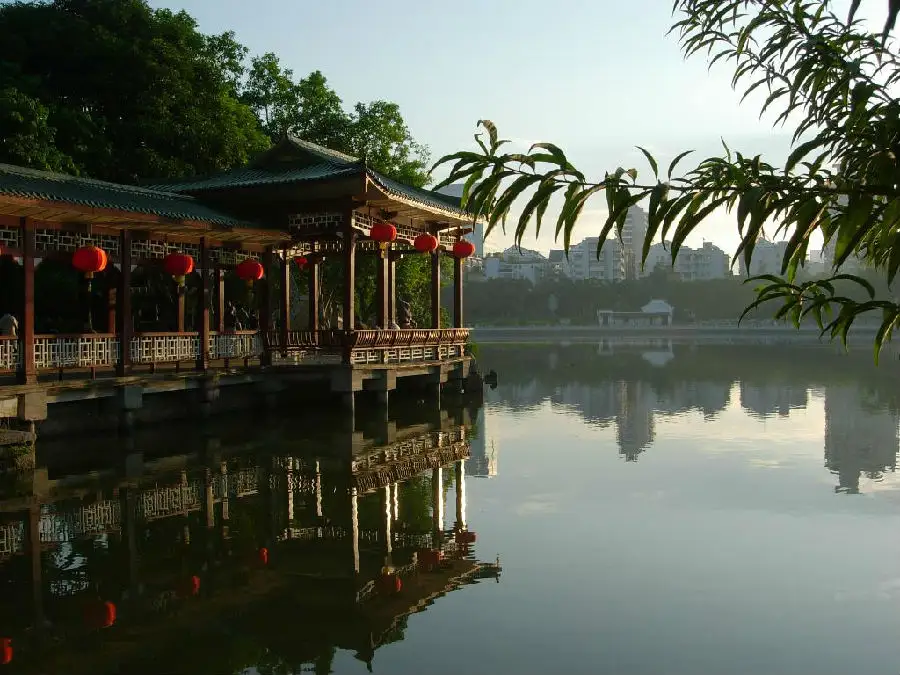
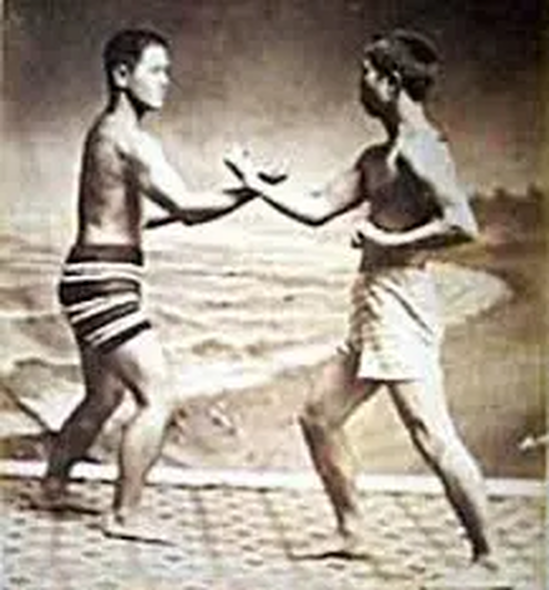
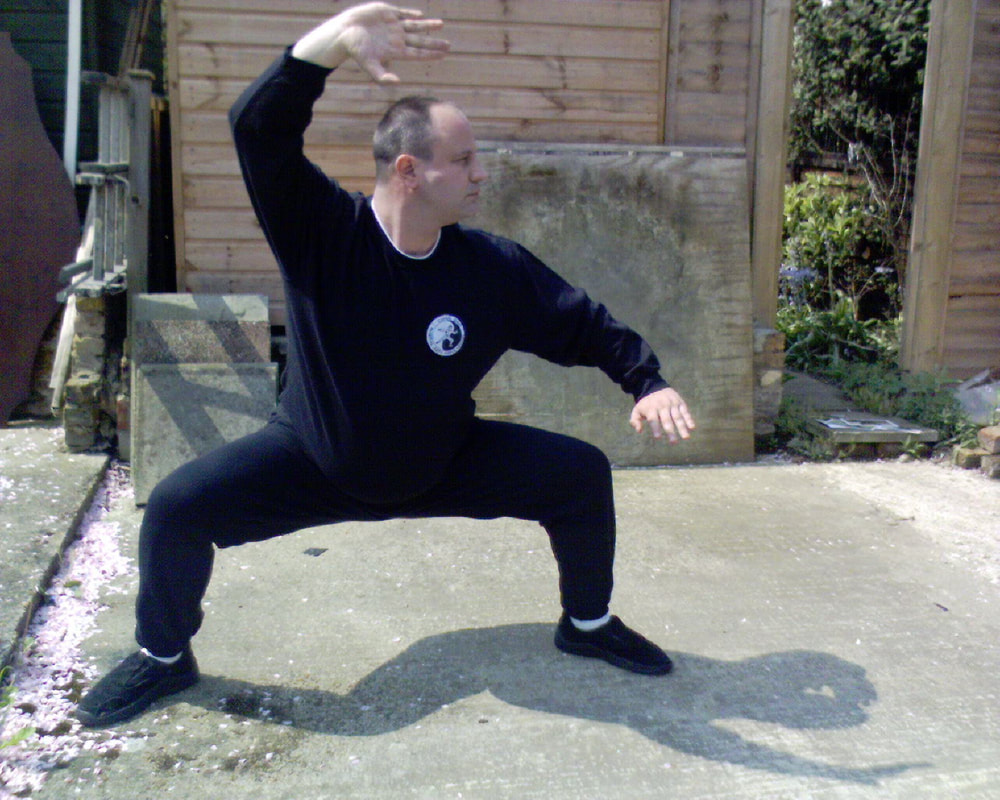
 RSS Feed
RSS Feed